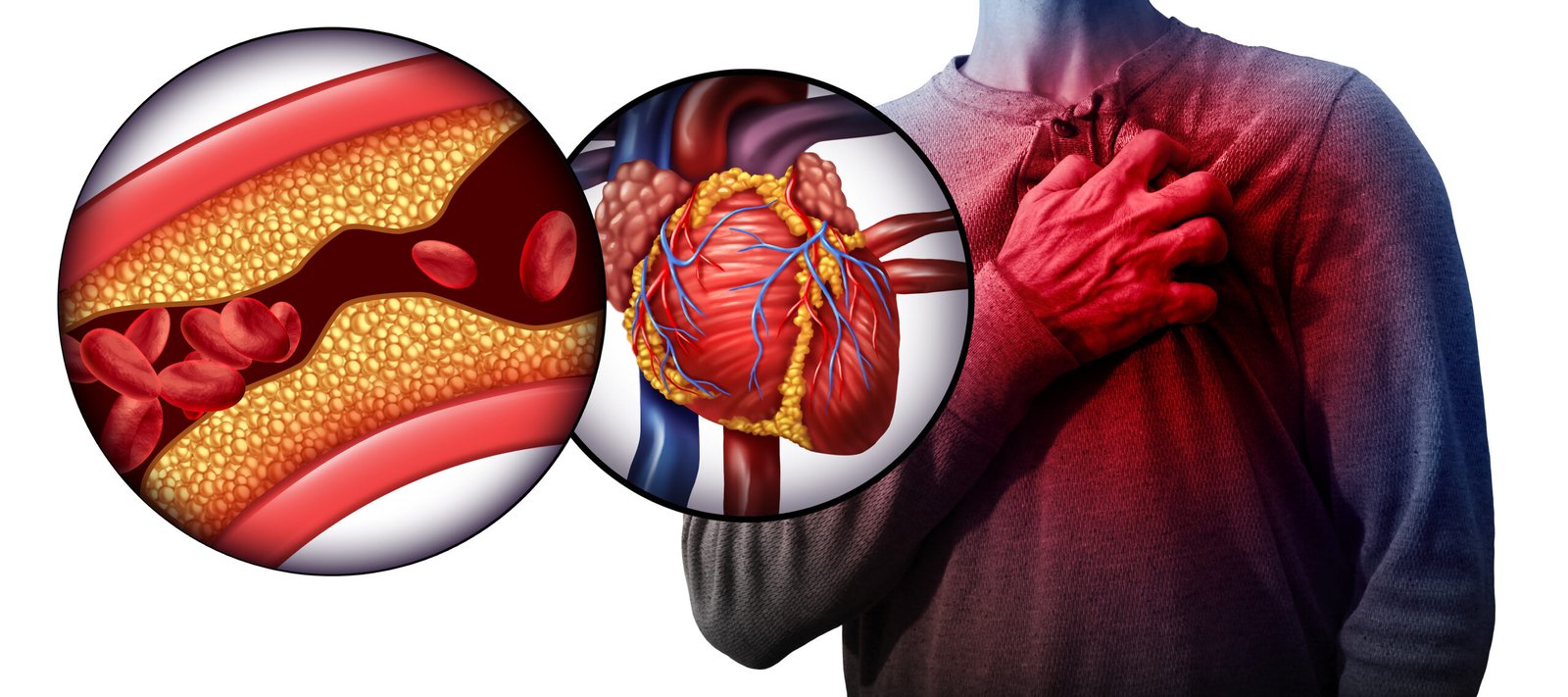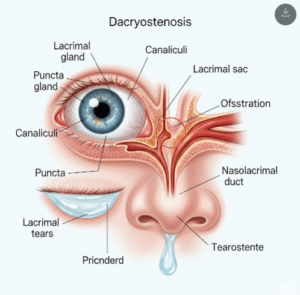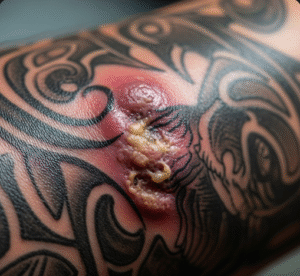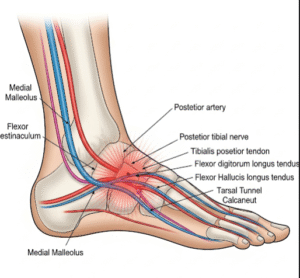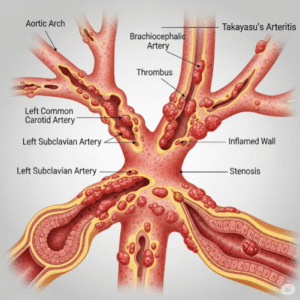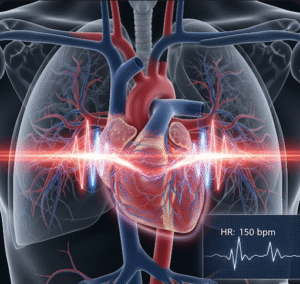Overview
A Widowmaker heart attack is a term used to describe a severe and often fatal heart attack caused by a blockage in the left anterior descending (LAD) artery, which supplies a large portion of the heart with oxygen-rich blood. Because of the critical area it affects and the speed at which damage occurs, immediate medical intervention is essential for survival. Without rapid treatment, the prognosis is often poor—hence the ominous name.
What is a Widowmaker Heart Attack?
The Widowmaker heart attack refers to a complete or near-complete blockage of the LAD artery, typically resulting in a massive anterior wall myocardial infarction (MI). The LAD is sometimes called the “widowmaker” because a blockage here can cause the heart to stop suddenly. This is a type of ST-elevation myocardial infarction (STEMI) and requires urgent treatment like angioplasty, stenting, or bypass surgery to restore blood flow and prevent death.
Symptoms
Symptoms of a Widowmaker heart attack can come on suddenly and may include:
- Chest pain or pressure, often radiating to the left arm, jaw, or back
- Shortness of breath
- Nausea or vomiting
- Cold sweats
- Lightheadedness or dizziness
- Extreme fatigue
- Loss of consciousness (in severe cases)
- Silent heart attack – especially in diabetics, symptoms may be minimal or atypical
Causes
The primary cause of a Widowmaker heart attack is atherosclerosis, where plaque builds up in the coronary arteries, especially the LAD. Over time, this plaque can rupture, forming a blood clot that completely blocks the artery. Additional contributing factors include:
- Chronic inflammation of arterial walls
- High cholesterol or triglycerides
- Smoking and exposure to toxins
- High blood pressure
- Obesity and diabetes
- Genetic predisposition
Risk Factors
Several risk factors increase the likelihood of developing a Widowmaker heart attack:
- Male gender, especially over age 45
- Female gender over age 55
- Family history of heart disease
- High LDL (“bad”) cholesterol and low HDL (“good”) cholesterol
- Diabetes or metabolic syndrome
- Smoking or tobacco use
- Sedentary lifestyle and poor diet
- Stress or poor sleep
- History of other cardiovascular diseases
Complications
Without prompt treatment, a Widowmaker heart attack can result in:
- Sudden cardiac arrest
- Heart failure
- Permanent damage to the heart muscle
- Arrhythmias (irregular heartbeat)
- Cardiogenic shock
- Death
Even after treatment, patients may experience long-term complications such as reduced heart function or the need for implantable devices (e.g., pacemakers or defibrillators).
Prevention
Preventing a Widowmaker heart attack involves lifestyle changes, regular screenings, and management of underlying risk factors:
- Healthy diet rich in vegetables, fruits, lean protein, and whole grains
- Regular exercise (at least 150 minutes of moderate activity per week)
- Control of blood pressure, cholesterol, and blood sugar
- Quit smoking and limit alcohol consumption
- Weight management
- Regular cardiac check-ups, especially if there’s a family history
- Use of preventive medications, such as statins or aspirin, when prescribed
Treatment Options in Korea
South Korea is internationally recognized for its advanced cardiovascular care, offering world-class treatment for emergency heart conditions like Widowmaker heart attacks. Available interventions include:
- Emergency percutaneous coronary intervention (PCI) with angioplasty and stenting to reopen the LAD
- Thrombolytic therapy (clot-busting drugs), if PCI is not immediately available
- Coronary artery bypass grafting (CABG) in severe or multiple vessel disease
- ICU monitoring and post-heart attack rehabilitation
- Cardiac imaging (CT angiography, echocardiography) for early detection
- Long-term medication management, including beta-blockers, statins, ACE inhibitors
- Lifestyle coaching and cardiac rehab programs
- Leading institutions such as Seoul National University Hospital, Asan Medical Center, and Samsung Medical Center offer 24/7 emergency cardiac services and multidisciplinary care
With fast access to treatment and cutting-edge medical technology, South Korea provides excellent outcomes for patients with this critical condition.

